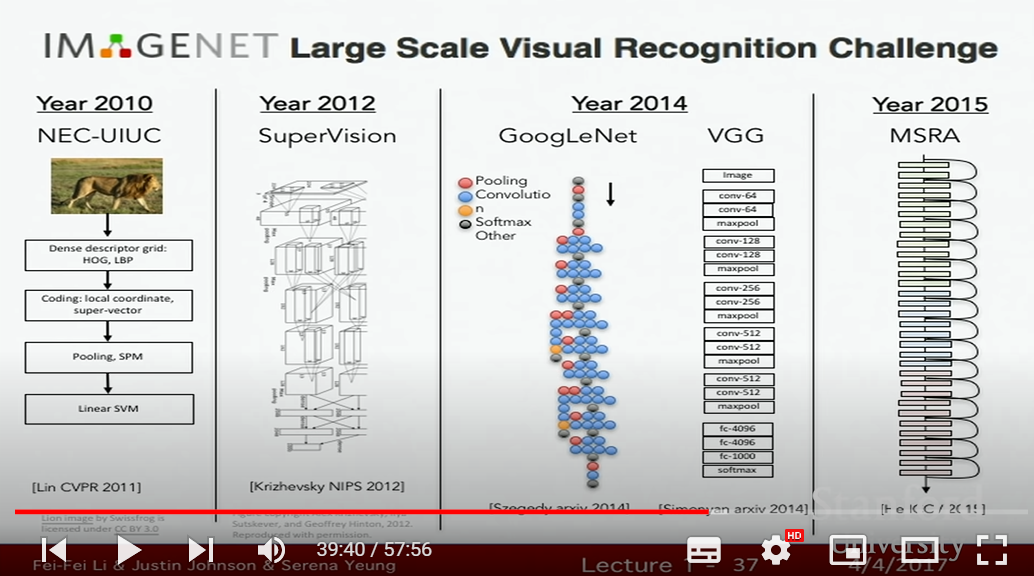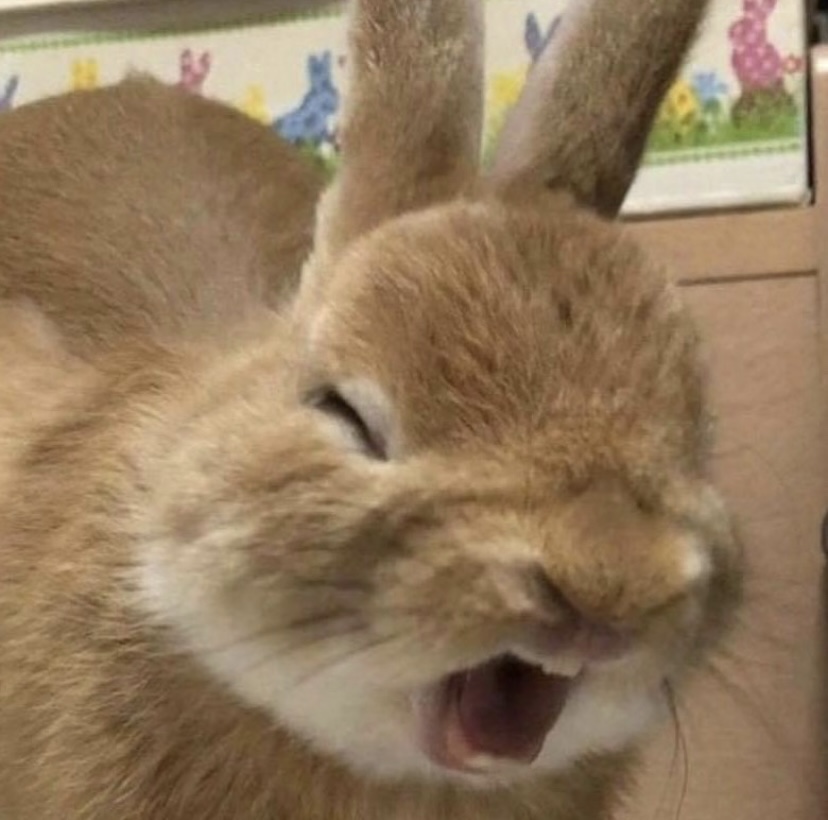1. Computer Vision
- Study of visual data
- Critical to utilize and understand the visual data
- Prob : Visual data is hard for algorithms to actually go in & understand
ex) Youtube - hard to dive in automatically understand the content of data - Area : neuroscience, cognition science.. etc
- Computer Vision : 3D construction, matching, robotic vision
2. Brief History of Computer Vision
- camera obscura(1600s, Renaisssance)
- biologists study mechanism, " What was the visual processing mechanism like?"
- several process :
1) edge 2) 2 and 1/2 sketch (piece together surface) 3) put together
... - oriented edges and as information moves along the visual processing pathway starts 1960s.
- early 60s, simplified into simple geometric shapeds, goal is to recognize & reconstruct
- generalized Clinder/ practical structure
representation ↓ the complex structure of the object -> simpler shapes
2.1 Object Segmentation (80s)
- 80s : example how to reconstruct, recognize razors (straight lines), if object recog is hard, fisrt do the "object segmentation"
2.2 Image Segmentation
Object Segmentation take image and group the image pixels -> "Image Segmentation"
2.2 Face Detection (1999 ~ 2000)
- Machine Learning -> gain momentum
ex) SVM(Support Vector Machine), Boosting, graphic models, ADA boost(real-time face detect, feature based face detecting, Fuji film) - identifying these critical features on the object + matching features
- "Clues" : which type of scene it is
- "SVM" : how the human bodies compose
- realistic image + recognize
2.3 Pascal Object Visual Challenge, CNN Model(Convolutional Neural Network)
ETC...

High dimension -> Very Overfit -> ImageNet, WordNet (largest dataset)
Object Detection/ Action Classification/ Image Capturing)
